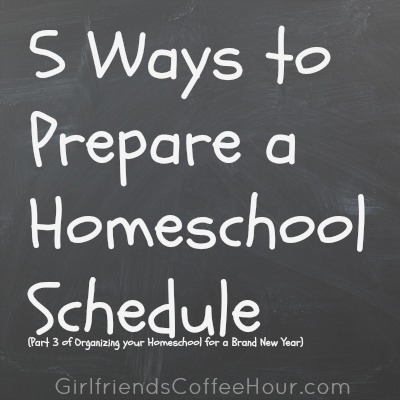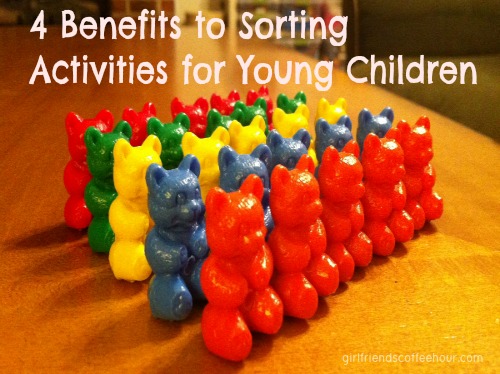Welcome to the fifth and final week in this series on Organizing Your Homeschool for a Brand New Year. I’m excited to share with you today about communicating with your children regarding learning methods and topics!

For a while after we began homeschooling, we followed a packaged curriculum and really enjoyed it. In fact, even though we don’t currently use a full packaged curriculum, I do have a favorite and may go back to it with my littlest two girls in the fall. I have such fond memories of our learning time with our books from Heart of Dakota Publishing!
When my 4th child was born, we began to move away from the full package of curriculum. I needed my children to work more independently at that time. My children were also getting a bit older and they had expressed the desire to begin learning about their individual interests more, as well. This is the plan I came up with to meet their needs.

3 Keys to Increasing Communication with Your Children About How and What They Would Like to Learn
- Talk with each of your children about what he or she is interested in learning more about. Keep in mind that these things may be academic in nature, but could also include topics such as cooking, art, beadwork, photography, writing a novel, and more. The sky is the limit! You will be able to find a way to incorporate almost any topic of interest into your learning day.
- Take your children to the library, the local bookstore, or used curriculum sales to search for books and/or curriculum that covers their topics of interest. Alternatively, you may also peruse catalogs at home or get online together to search curriculum or other learning web sites and blogs for the perfect learning tools for your family.
- Once you have your materials in hand, help your child to come up with a schedule or workable plan for using them to learn as much as possible about the topics he chose.
That’s it. Try using these keys in your homeschool, see how they work for you, and please do come back here and share with me how it’s going!
















